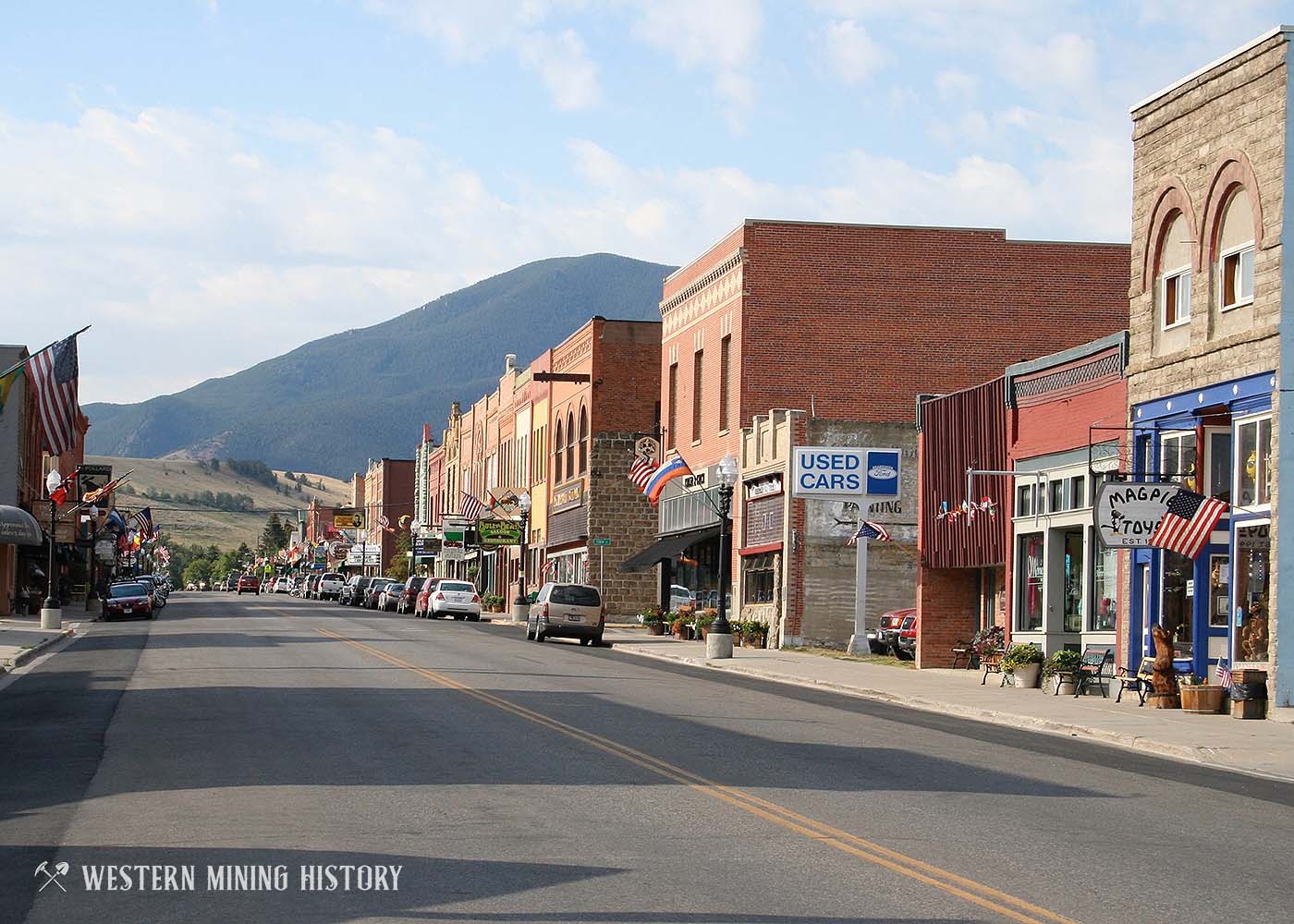Red Lodge History
By Jan MacKell Collins
No account of rugged Montana is complete without mentioning the ever-beautiful Beartooth Mountains located just over the border from Wyoming. The range is home to an astounding 41 peaks, all said to be the highest in the so-called “Treasure State.”
Far below the peaks, at the edge of Custer Gallatin National Forest is Red Lodge, among the prettiest little towns in Carbon County and Montana. No wonder the area first attracted Crow tribes, who found the country ideal for spending their summers hunting and foraging for food.
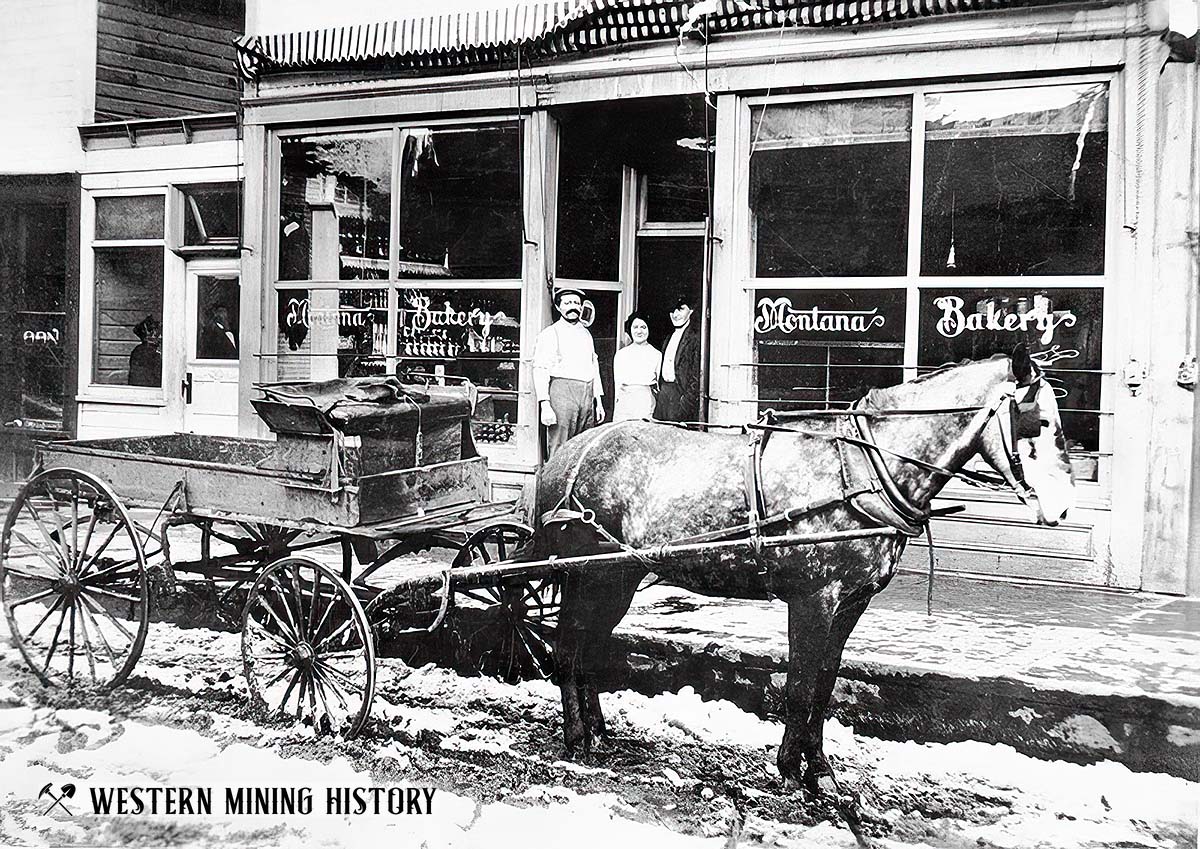
In the great migration west during 1851, the U.S. Government arranged a treaty with the Crow, giving them unfettered ownership of the land around Red Lodge. When rich coal deposits were discovered in 1866, and gold in 1870, the government was not so inclined to honor the deal.
An all-new treaty in 1880 guaranteed that Anglo pioneers would be allowed to settle in the area as of 1882. By 1884 a small mining community was established, and the Red Lodge post office opened that December.
In 1887 the Rocky Fork Coal Company commenced production at the first commercial coal mine in the area. Red Lodge progressed into a typical wild frontier town with some 20 saloons and the accompanying entertainments of sporting life.
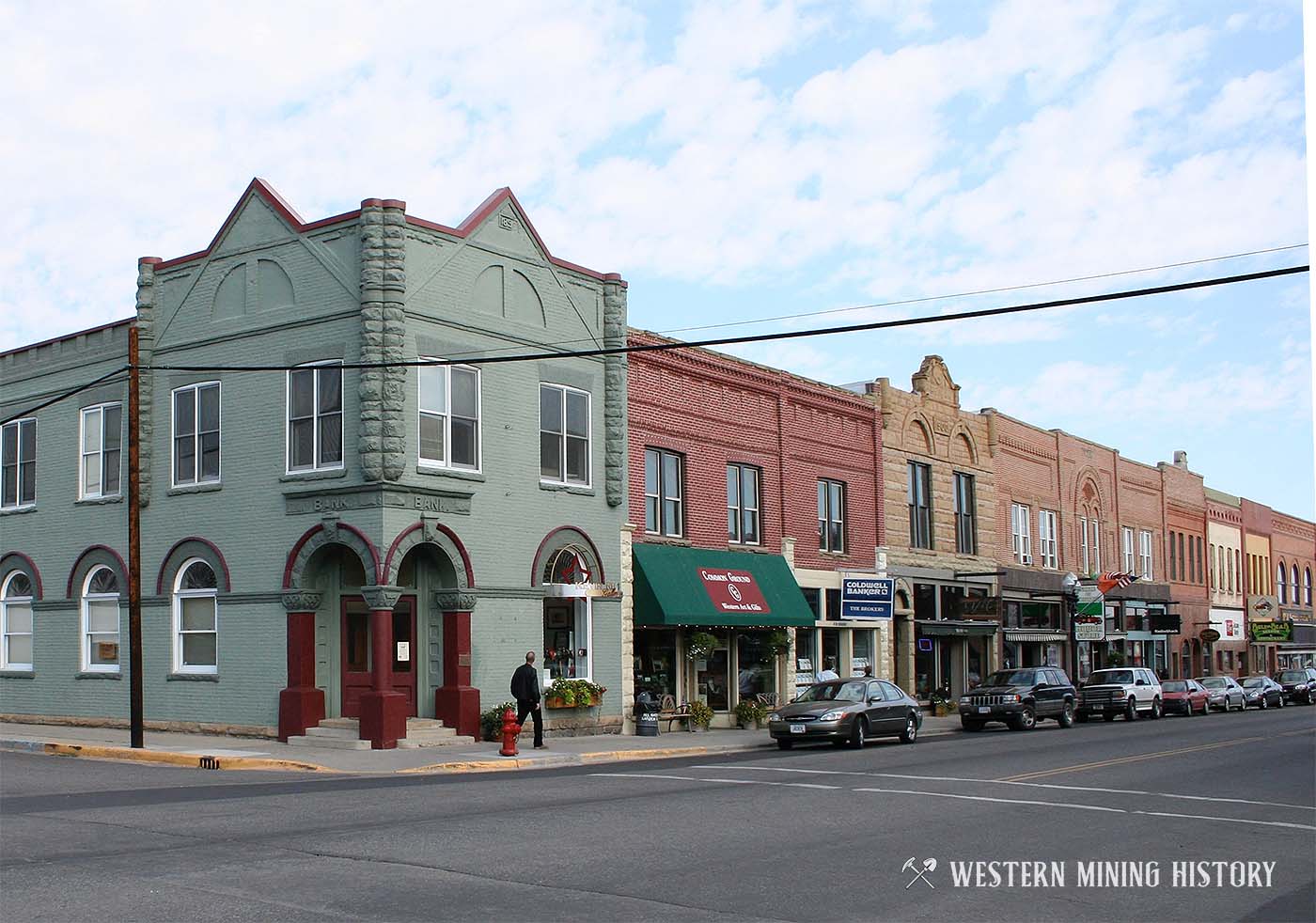
The legendary John “Liver Eating” Johnson, a large, tough mountain man who was said to eat the livers of his slain enemies, was elected as the first deputy sheriff of Red Lodge in 1888.
Although some say the so-called livers Johnson consumed belonged to some Crow who had killed his Flathead wife, the deputy seems to have made peace and gotten along with the local Natives. The 1972 film, “Jeremiah Johnson,” is based on this colorful man’s life.
Red Lodge grew quickly. The railroad arrived in 1889, and shipments of coal commenced by rail that year. Three years later, when more coal was discovered, the Crow treaty was revised again to expand the boundaries all around the new town. By then there were close to 1,200 people in Red Lodge, and most of them were miners.
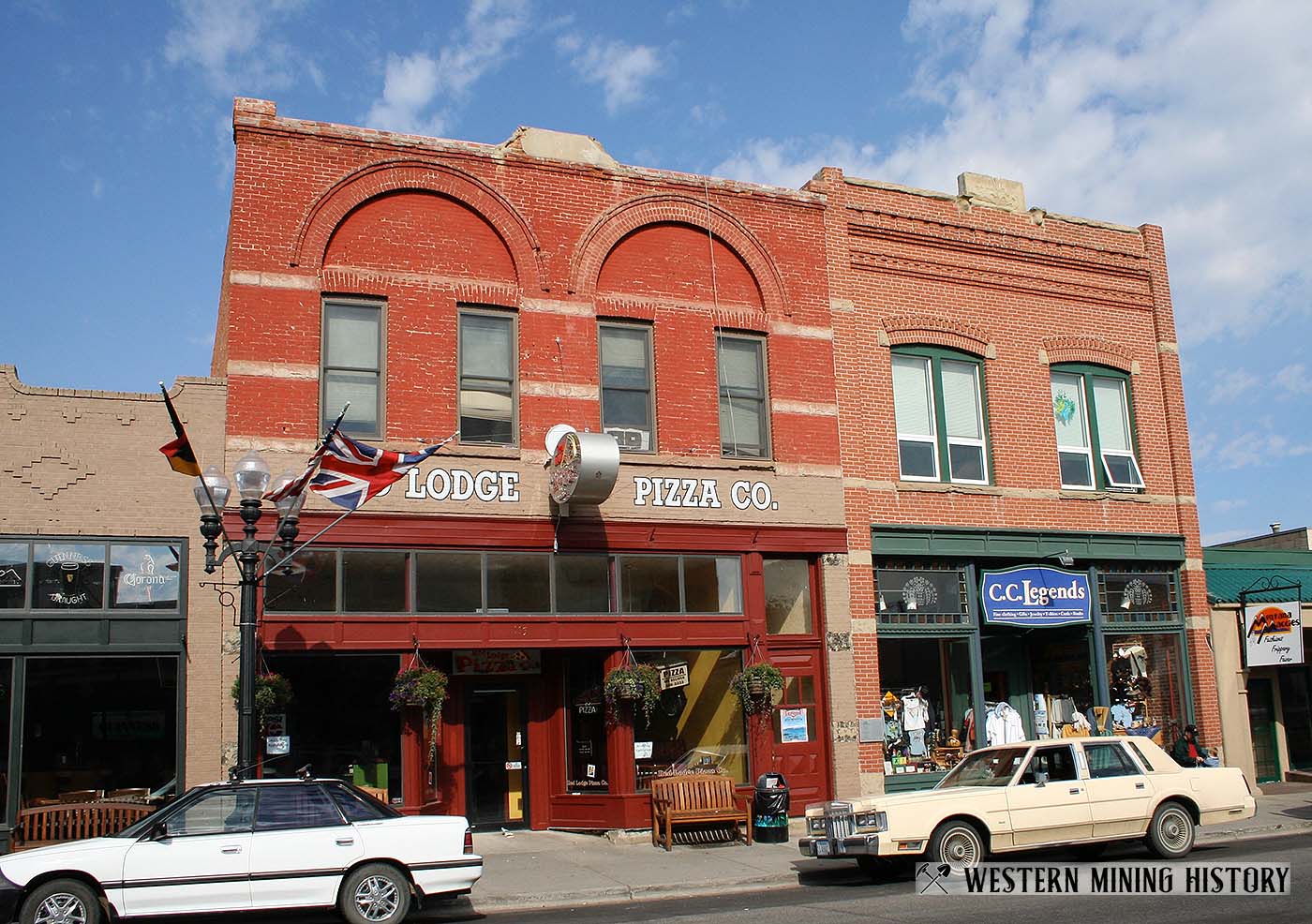
Soon immigrants from around the world began arriving at Red Lodge to take jobs at the coal mines. The population was diverse, with settlers from Austria, the British Isles, Finland, Germany, Italy, Norway, Sweden and others.
Coal remained the chief commodity as the West Side and East Side mines churned out tons of coal. An 1891 map reveals that many miners lived in small cabins on the mining properties, while log cabins and more substantial buildings lined Bridge, Hauser and Villard avenues in town.
Fourteen saloons were interspersed between more respectable businesses, and one lone brothel functioned on the south end of Villard. Notable is that one tippling house was just behind the courthouse, which surely provided needed refreshments for the county commissioners and others.
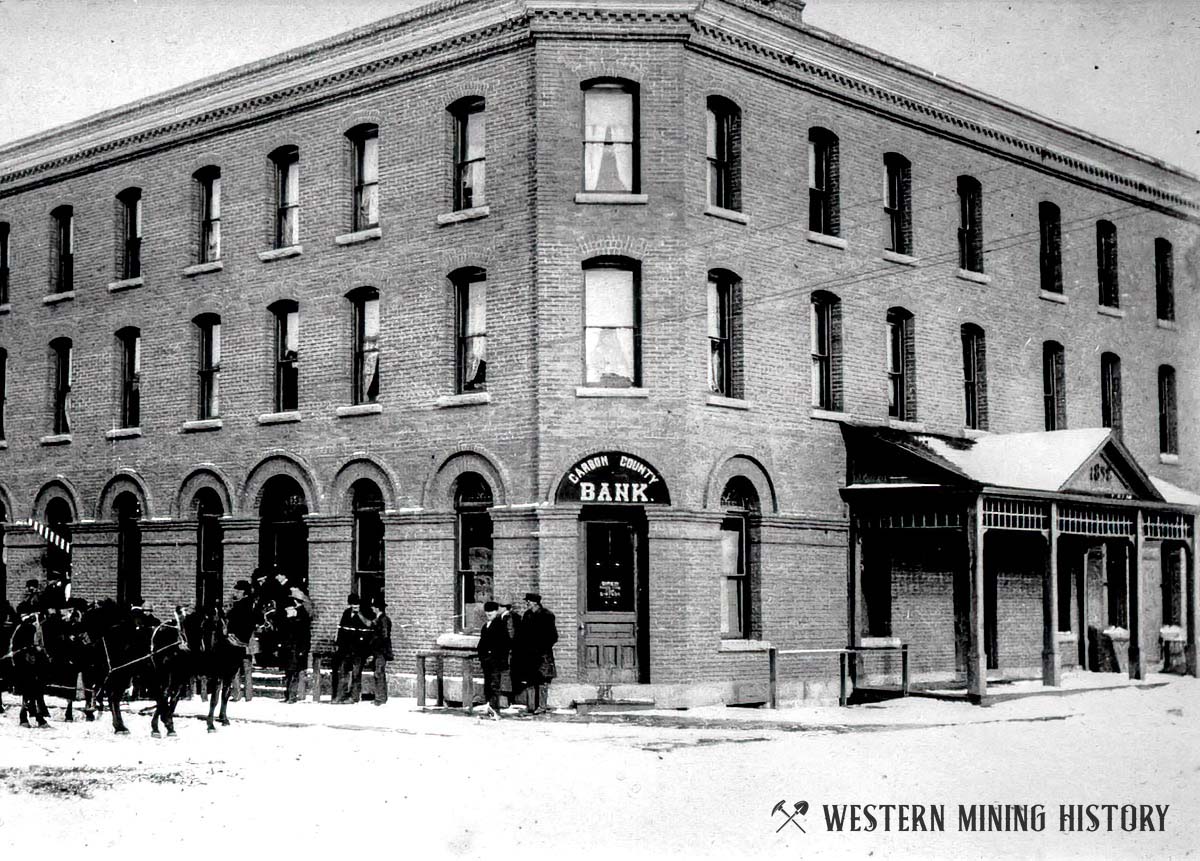
One of the most exciting events to take place in Red Lodge was an attempted robbery of the Carbon County Bank across the street from what was then the Spofford Hotel (now known as the Pollard Hotel). On September 18, 1897, the Red Lodge Picket reported that Marshal St. Clair informed the employees of the bank that four men were “laying around” town with plans to rob the place.
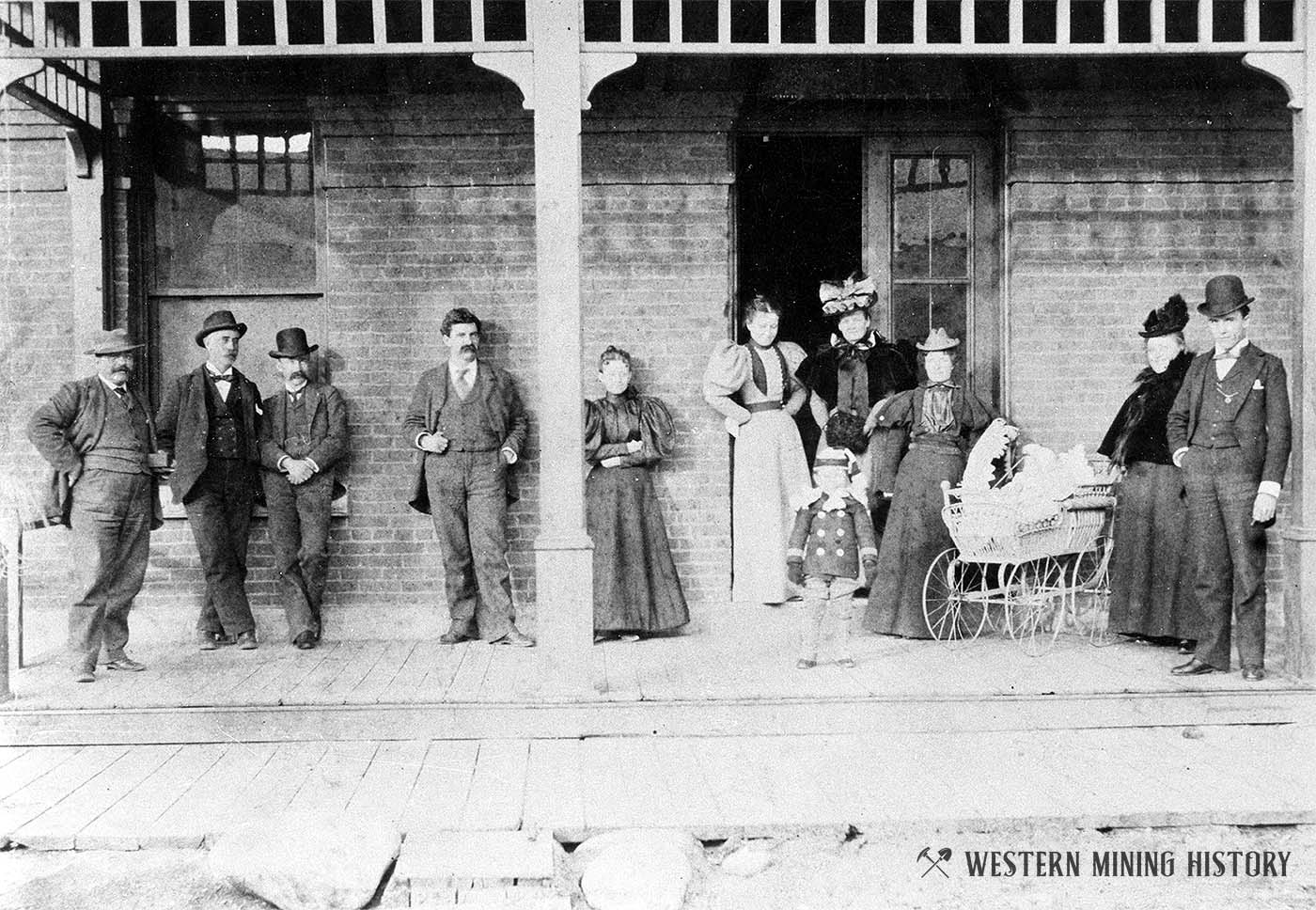
The foursome had just recently tried to pull off a similar robbery in Belle Fourche, South Dakota, but only garnered around $75 and were chased off by the law. Upon hearing that the Marshall knew what they were up to, the men took off out of town but were captured a few days later near the town of Lavina and returned to South Dakota. Locals submit that two of the robbers were the infamous Kid Curry and the Sundance Kid from Butch Cassidy’s Wild Bunch.
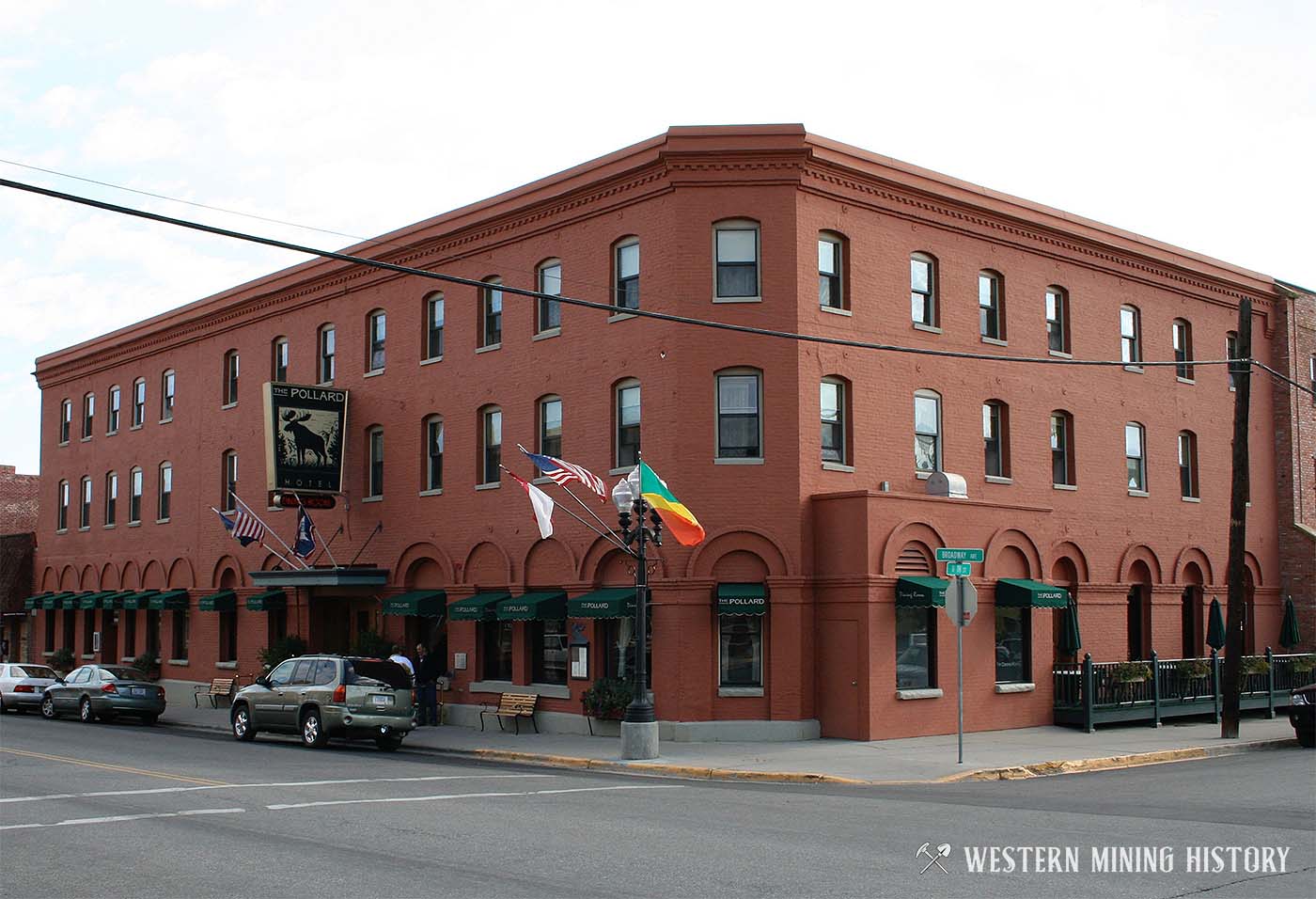
Red Lodge had expanded considerably by 1907. Among the amenities were a dozen saloons, three large hotels, two hospitals, both an elementary and high school, a few churches, and two undertakers who handled burials at the city’s expansive cemetery. A single bordello took care of the male population, but more ladies of the evening may have worked above the bars.
At its peak in about 1915, Red Lodge was home to some 6,000 people. Hard times were coming, however, when strip mining lessened the need for underground coal miners. The population began downsizing as the West Side Mine closed in 1924, and the East Side followed in 1932.
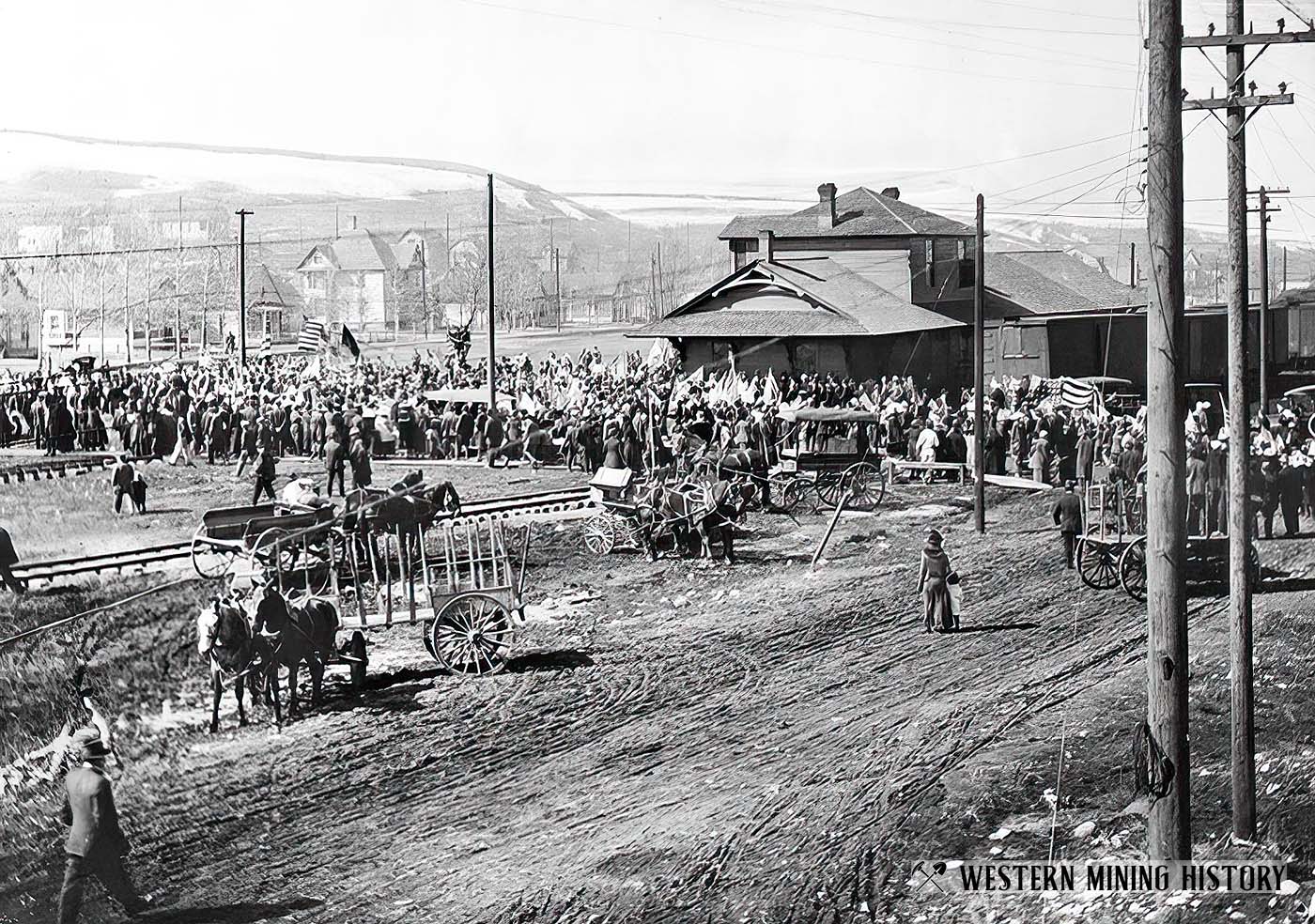
By the 1930s, America was in the beginning years of the Great Depression. Like many other mining towns, certain Red Lodge citizens turned to bootlegging to make their living. Apparently the recipes they used were so good that they were able to sell their moonshine all over the west and beyond.
Those who chose not to manufacture “bathtub gin” and other alcoholic concoctions knew that creativity was key to Red Lodge’s survival. Roadside attractions like the “See ‘Em Alive Zoo” and construction of the Beartooth Scenic Byway leading to the newly formed Yellowstone National Park officially kicked off the city’s tourism industry with other attractions and hotels for visitors.
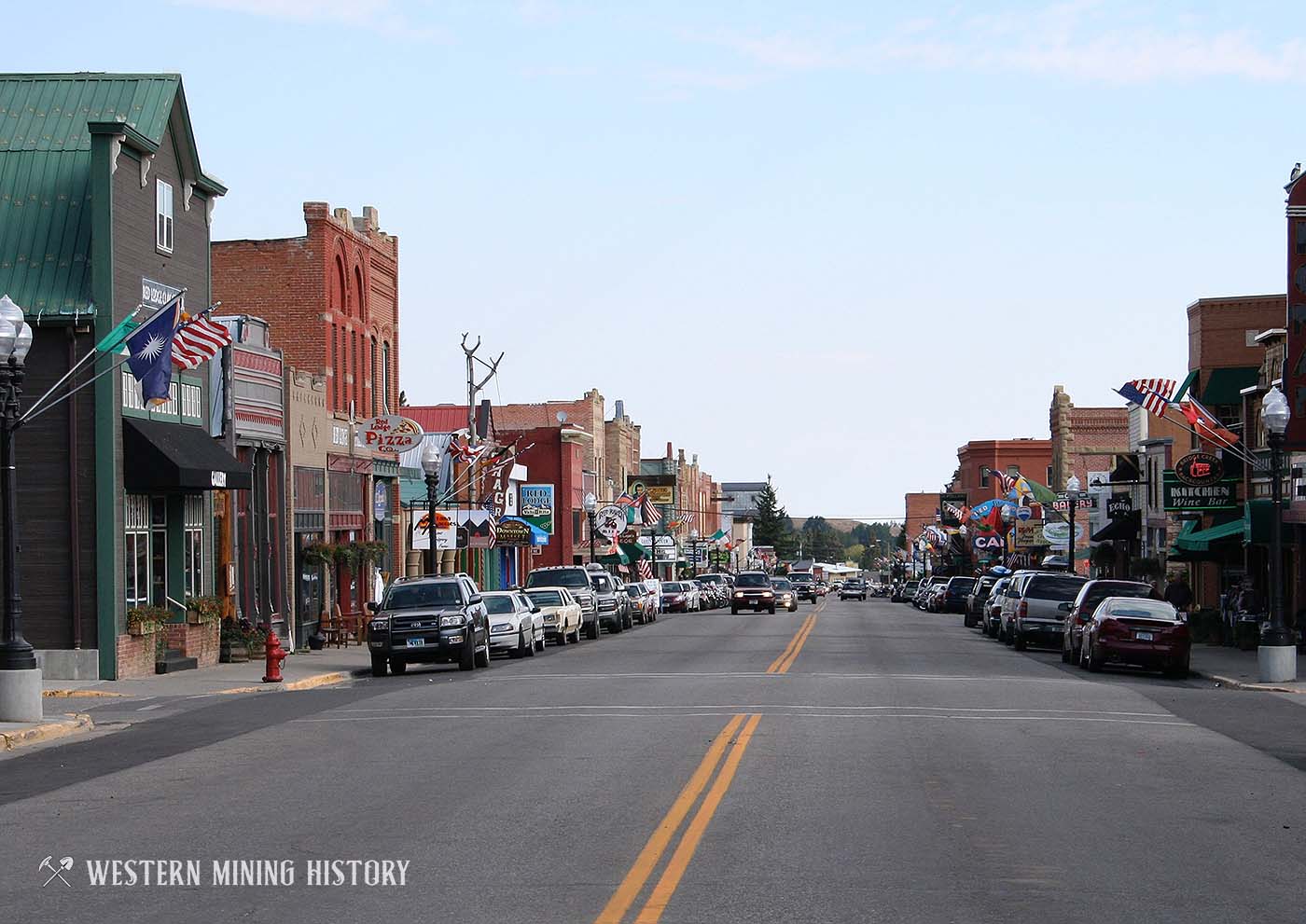
Tragedy struck in 1943, when the one of the only remaining coal mines, the Smith #3, was rocked by an explosion. Seventy-four men were trapped and died in the incident, and the mine closed a short time later. That was pretty much the end of historic coal mining in Carbon County, although the Smith #3 did reopen during the late 1970s.
Today, the economy of Red Lodge relies on tourism. The town's may historic buildings, restaurants, and shops, along with the town's proximity to Yellowstone National Park, make it a popular destination.
Principal Gold Districts of Montana
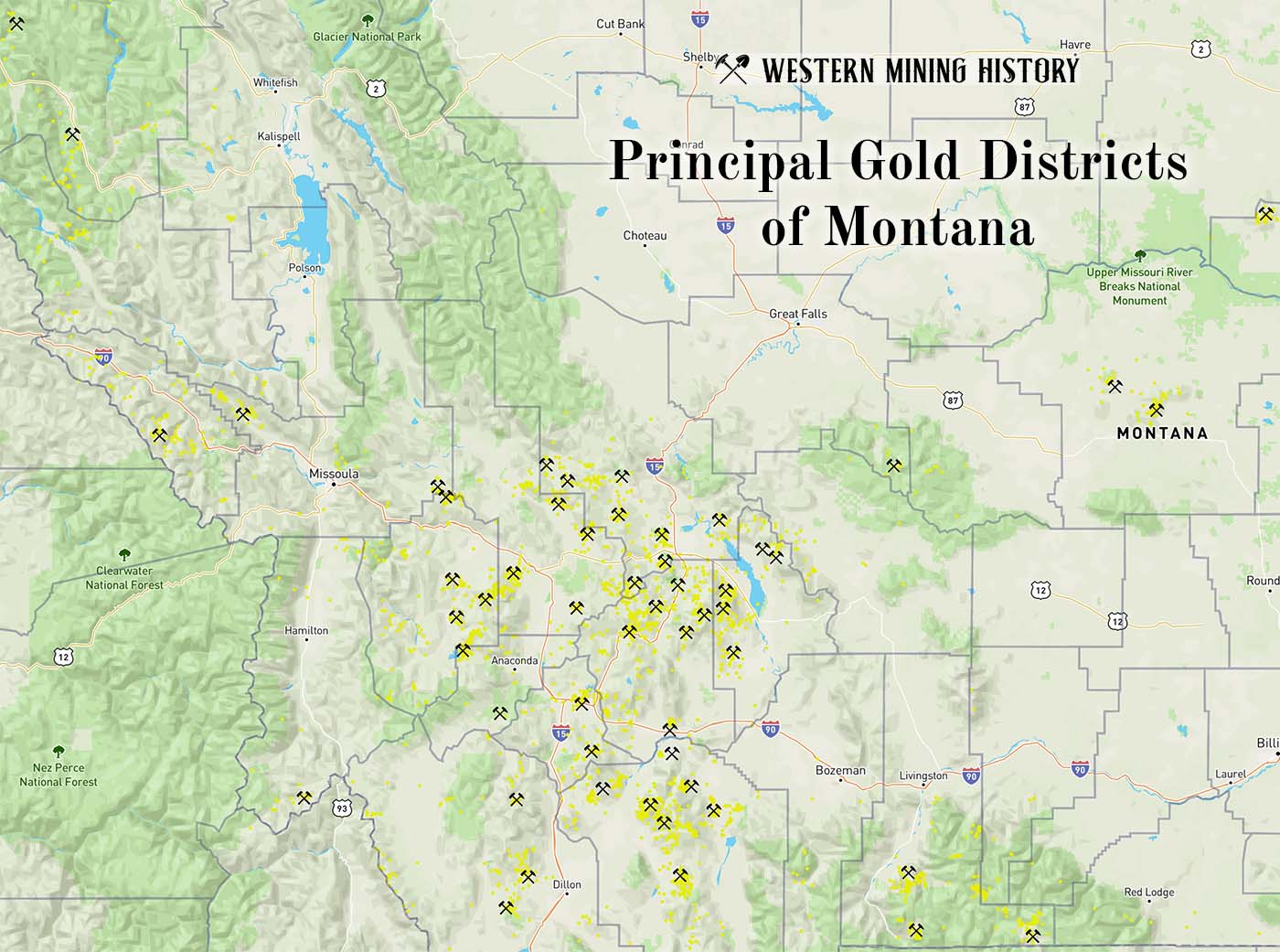
In Montana, 54 mining districts have each have produced more than 10,000 ounces of gold. The largest producers are Butte, Helena, Marysville, and Virginia City, each having produced more than one million ounces. Twenty seven other districts are each credited with between 100,000 and one million ounces of gold production. Read more: Principal Gold Districts of Montana.
